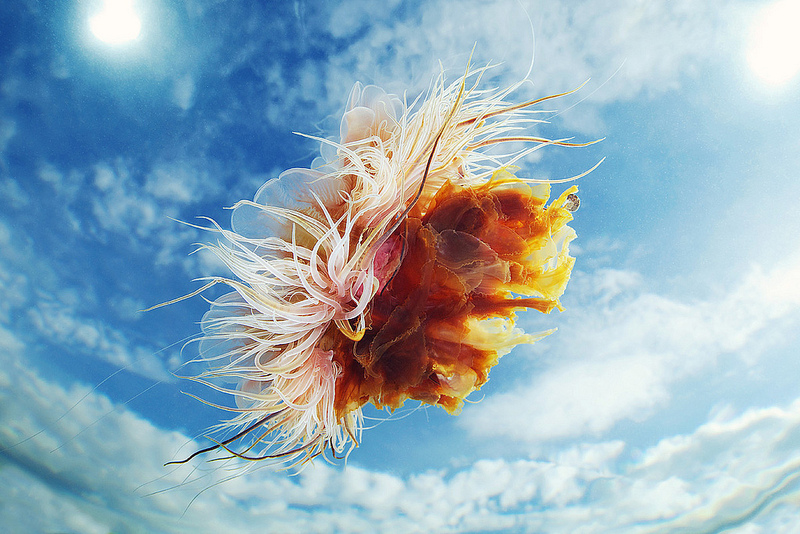Scientists from the National Oceanic and Atmospheric Administration (or NOAA) recently began deep water environments in and around the Mariana Trench, which you know to be the deepest part of the world’s oceans.
Remotely operated vehicles (ROVs) are diving into the depths and beaming live footage of what they’re seeing. On day 4, at a depth of 3.7 KM (the trench’s maximum depth of approximately 11 kilometers!), this gelatinous thing of beauty was spotted.
Scientists identified this hydromedusa as belonging to the genus Crossota. Note the two sets of tentacles — short and long. At the beginning of the video, you’ll see that the long tentacles are even and extended outward and the bell is motionless. This suggests an ambush predation mode. Within the bell, the radial canals in red are connecting points for what looks like the gonads in bright yellow.
NOAA maintains a log of the photos and videos captured during the dives, you can see it here.
Live streams of the deep water exploration can be seen on cameras 1, 2, and 3. Some times you’ll just see static images. Science can’t be fun all the time.
[via The Verge]



